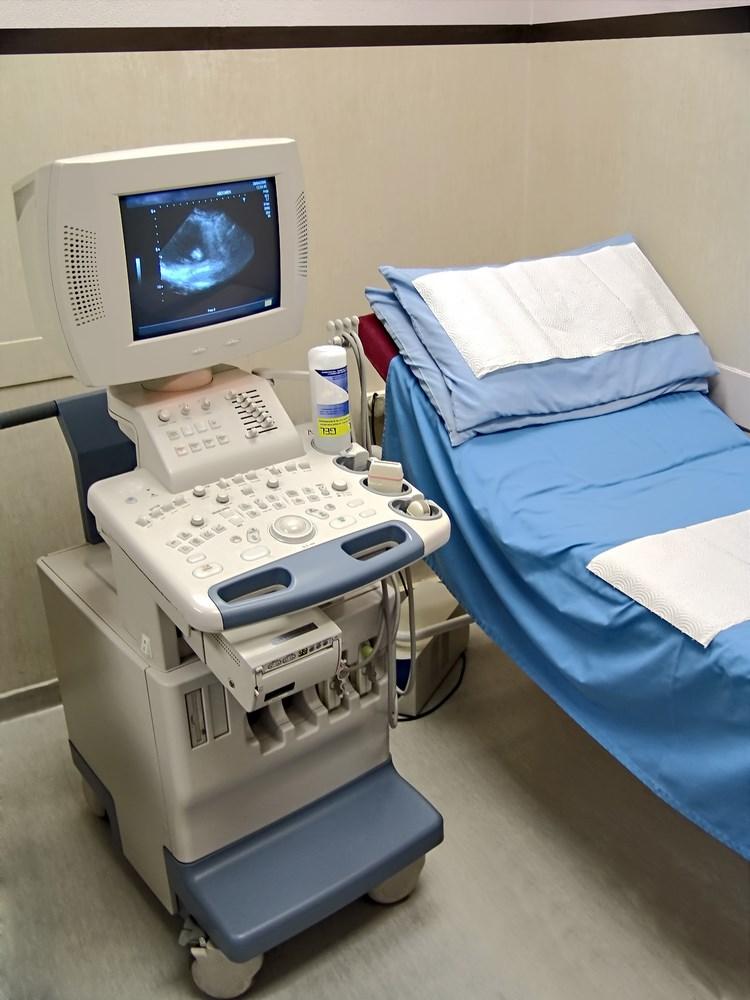
6 minute read
3. Helpful Definitions
Helpful Definitions
SUMMARY PAGES
Actively at Work
You are performing your regular occupation for the employer on a full-time basis, either at one of the employer’s usual places of business or at some location to which the employer’s business requires you to travel. If you will not be actively at work beginning 9/1/2020 please notify your benefits administrator.
Annual Enrollment
The period during which existing employees are given the opportunity to enroll in or change their current elections.
Annual Deductible
The amount you pay each plan year before the plan begins to pay covered expenses.
Calendar Year
January 1st through December 31st
Co-insurance
After any applicable deductible, your share of the cost of a covered health care service, calculated as a percentage (for example, 20%) of the allowed amount for the service.
Guaranteed Coverage
The amount of coverage you can elect without answering any
medical questions or taking a health exam. Guaranteed coverage is only available during initial eligibility period. Actively-at-work and/or pre-existing condition exclusion provisions do apply, as applicable by carrier.
In-Network
Doctors, hospitals, optometrists, dentists and other providers who have contracted with the plan as a network provider.
Out-of-Pocket Maximum
The most an eligible or insured person can pay in co-insurance for covered expenses.
Plan Year
September 1st through August 31st
Pre-Existing Conditions
Applies to any illness, injury or condition for which the participant has been under the care of a health care provider, taken prescriptions drugs or is under a health care provider’s orders to take drugs, or received medical care or services (including diagnostic and/or consultation services).
SUMMARY PAGES

Section 125 Cafeteria Plan Guidelines
A Cafeteria plan enables you to save money by using pre-tax dollars to pay for eligible group insurance premiums sponsored and offered by your employer. Enrollment is automatic unless you decline this benefit. Elections made during annual enrollment will become effective on the plan effective date and will remain in effect during the entire plan year. Changes in benefit elections can occur only if you experience a qualifying event. You must present proof of a qualifying event to your Benefit Office within 31 days of your qualifying event and meet with your Benefit/HR Office to complete and sign the necessary paperwork in order to make a benefit election change. Benefit changes must be consistent with the qualifying event.
CHANGES IN STATUS (CIS):
Marital Status Change in Number of Tax Dependents Change in Status of Employment Affecting Coverage Eligibility Eligibility Status Judgment/Decree/Order Programs QUALIFYING EVENTS
A change in marital status includes marriage, death of a spouse, divorce or annulment (legal separation is not recognized in all states).
A change in number of dependents includes the following: birth, adoption and placement for adoption. You can add existing dependents not previously enrolled whenever a dependent gains eligibility as a result of a valid change in status event.
Change in employment status of the employee, or a spouse or dependent of the employee, that affects the individual's eligibility under an employer's plan includes commencement or termination of employment.
Gain/Loss of Dependents' under an employer's plan may include change in age, student, marital, employment or tax dependent
An event that causes an employee's dependent to satisfy or cease to satisfy coverage requirements status.
If a judgment, decree, or order from a divorce, annulment or change in legal custody requires that you provide accident or health coverage for your dependent child (including a foster child who is your dependent), you may change your election to provide coverage for the dependent child. If the order requires that another individual (including your spouse and former spouse) covers the dependent child and provides coverage under that individual's plan, you may change your election to revoke coverage
Eligibility for Government Gain or loss of Medicare/Medicaid coverage may trigger a permitted election change.
only for that dependent child and only if the other individual actually provides the coverage.
Major medical insurance is a type of health care coverage that provides benefits for a broad range of medical expenses that may be incurred either on an inpatient or outpatient basis.
For full plan details, please visit your benefit website: www.txescbenefits.com
Why I Need Medical Insurance
Healthcare is one of the few things that people purchase and never know the true cost or value. If we knew the typical cost of common medical services. We would realize how much we save by opting into a major medical plan.
The average 30-day prescription for a name brand is $945.98. For a generic prescription, it is $67.61.
An average emergency room visit without insurance is $1,283.
A Well Baby Visit typically costs $204 and a regular delivery is $10,273.
Certain preventative care services are covered at 100% in-network.
About Hospital Indemnity
This is an affordable supplemental plan that pays you should you be in-patient hospital confined. This plan complements your health insurance by helping you pay for costs left unpaid by your health insurance.

60% of adults across the United States have a chronic disease.

https://www.cdc.gov/chronicdisease/resources/ infographic/chronic-diseases.htm
For full plan details, please visit your benefit website: www.txescbenefits.com
Why I Need a Hospital Indemnity Plan
Hospital indemnity policies pay a set benefit based on your hospital stay. These funds:
Help cover high medical deductibles and copays.
Provide a safety net for unexpected medical expenses.
Can be paid directly to you or the care provider. The median hospital cost has grown to over $10,500 per stay.
$9,600 $10,400 $10,700
2008 2012 2018
A Health Savings Account (HSA) is a personal savings account where the money can only be used for eligible medical expenses. Unlike a flexible spending account (FSA), the money rolls over year to year however only those funds that have been deposited in your account can be used. Contributions to a Health Savings Account can only be used if you are also enrolled in a High Deductible Health Care Plan (HDHP).
For full plan details, please visit your benefit website: www.txescbenefits.com
Why I Need an HSA
Healthcare Savings Accounts are designed to work in conjunction with high deductible health plans (HDHPs) to help cover the rising costs of healthcare.
HSA funds accrue interest over time tax-free with no lifetime limit.
HSA accounts are individual accounts. Contributions are yours to keep even if you leave your employer.
HSA funds can be used to pay for any qualified medical expense for you and your tax-eligible dependents, even if the expense is not covered by your insurance plan.
About FSA
A Flexible Spending Account allows you to pay for eligible healthcare expenses with a pre-loaded debit card. You choose the amount to set aside from your paycheck every plan year, based on your employer’s annual plan limit. This money is use it or lose it within the plan year (unless your plan contains a $500 rollover or grace period provision).
For full plan details, please visit your benefit website: www.txescbenefits.com
Why I Need an FSA
Your Flexible Spending Account saves you money by putting aside funds tax-free that can be used to pay for qualified medical expenses.
Your pre-loaded FSA debit card can be used at places like the doctor’s office or the pharmacy without the need for reimbursement forms.
You do not have to be enrolled in a medical plan to enroll in an FSA. The interest earned in an HSA is tax free.

Money withdrawn for medical spending never falls under taxable income.

https://www.irs.gov/publications/p969 https://www.irs.gov/pub/irs-pdf/p969.pdf
The funds in a full-purpose healthcare FSA can be used to pay for eligible medical expenses like deductibles, copayments, prescription drugs, orthodontics, glasses and contacts for you and any tax-eligible dependents.


